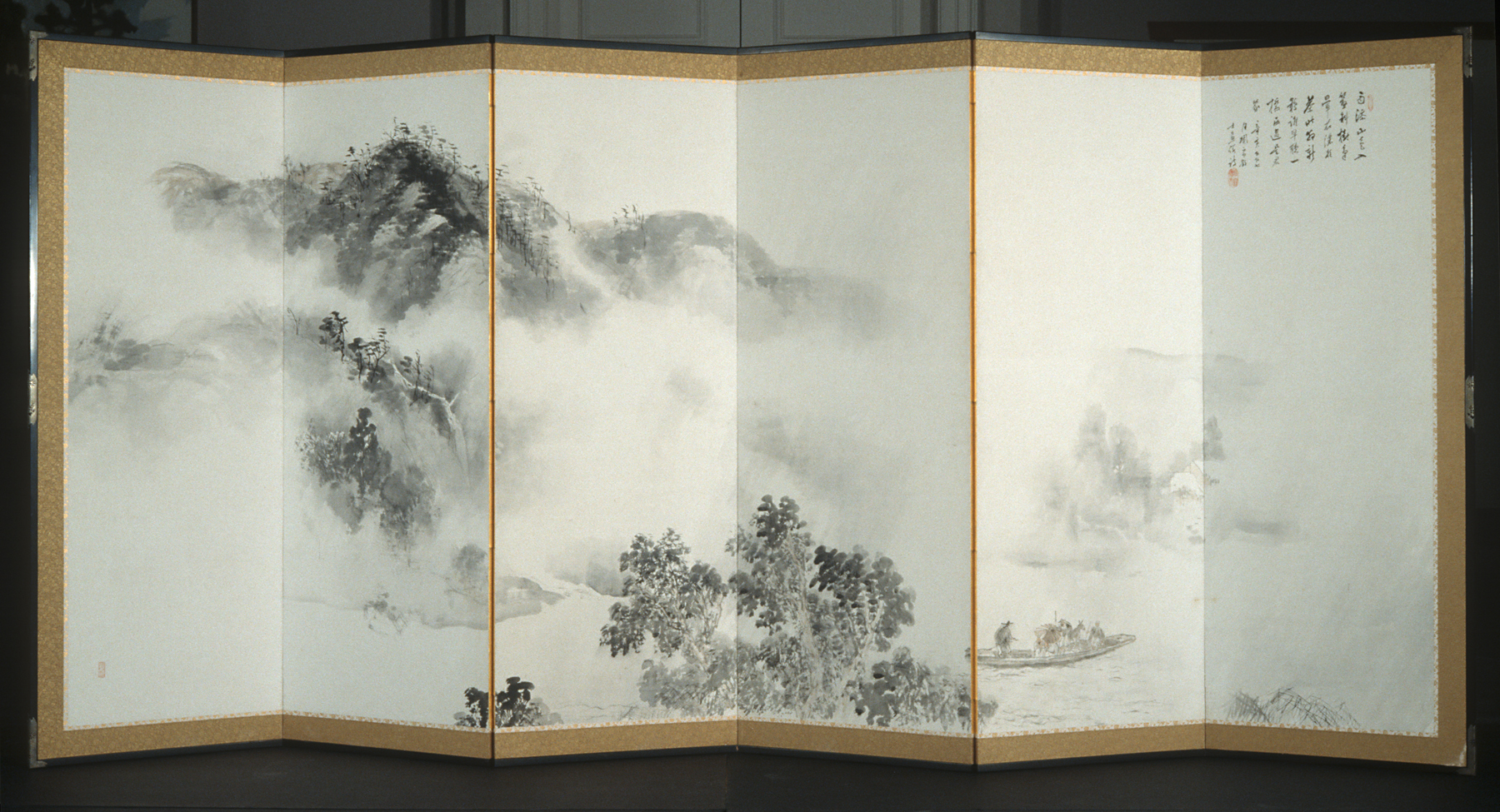Summer Landscape, Hashimoto Kansetsu
Artwork Overview
Hashimoto Kansetsu, artist
1883–1945
Summer Landscape,
early 1900s, Meiji period (1868–1912)
Where object was made: Japan
Material/technique: color; paper; ink
Credit line: Museum purchase: R. Charles and Mary Margaret Clevenger Fund
Accession number: 1997.0374.01
Not on display
If you wish to reproduce this image, please submit an image request




